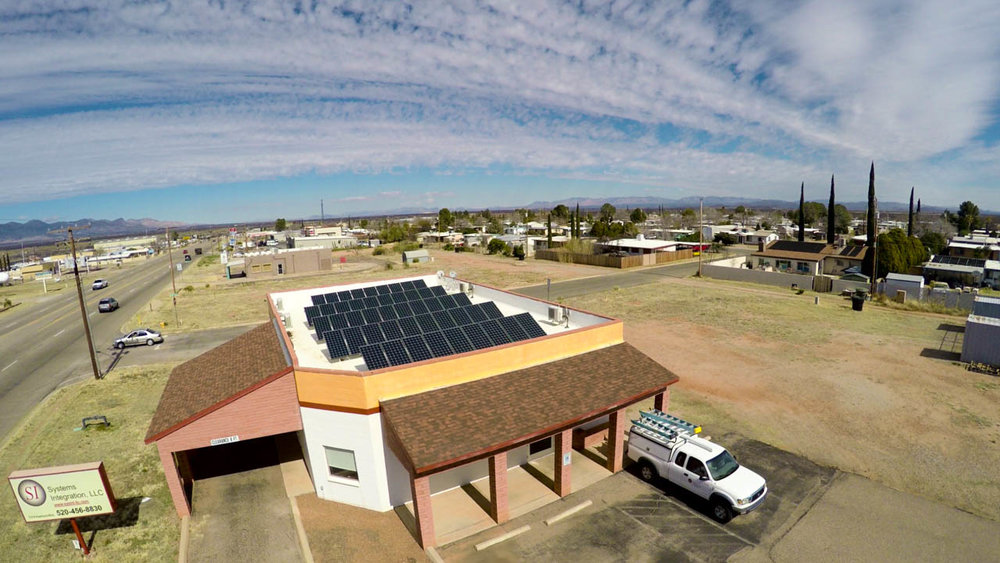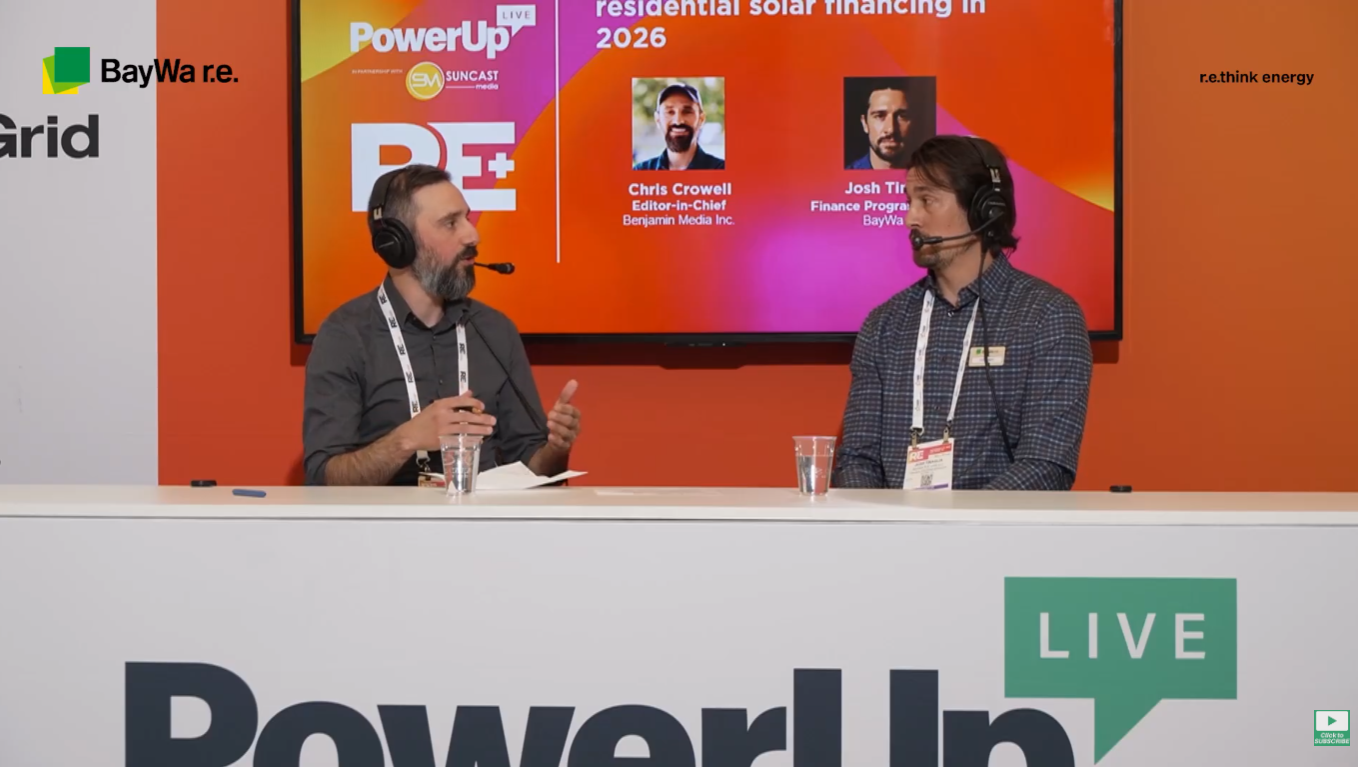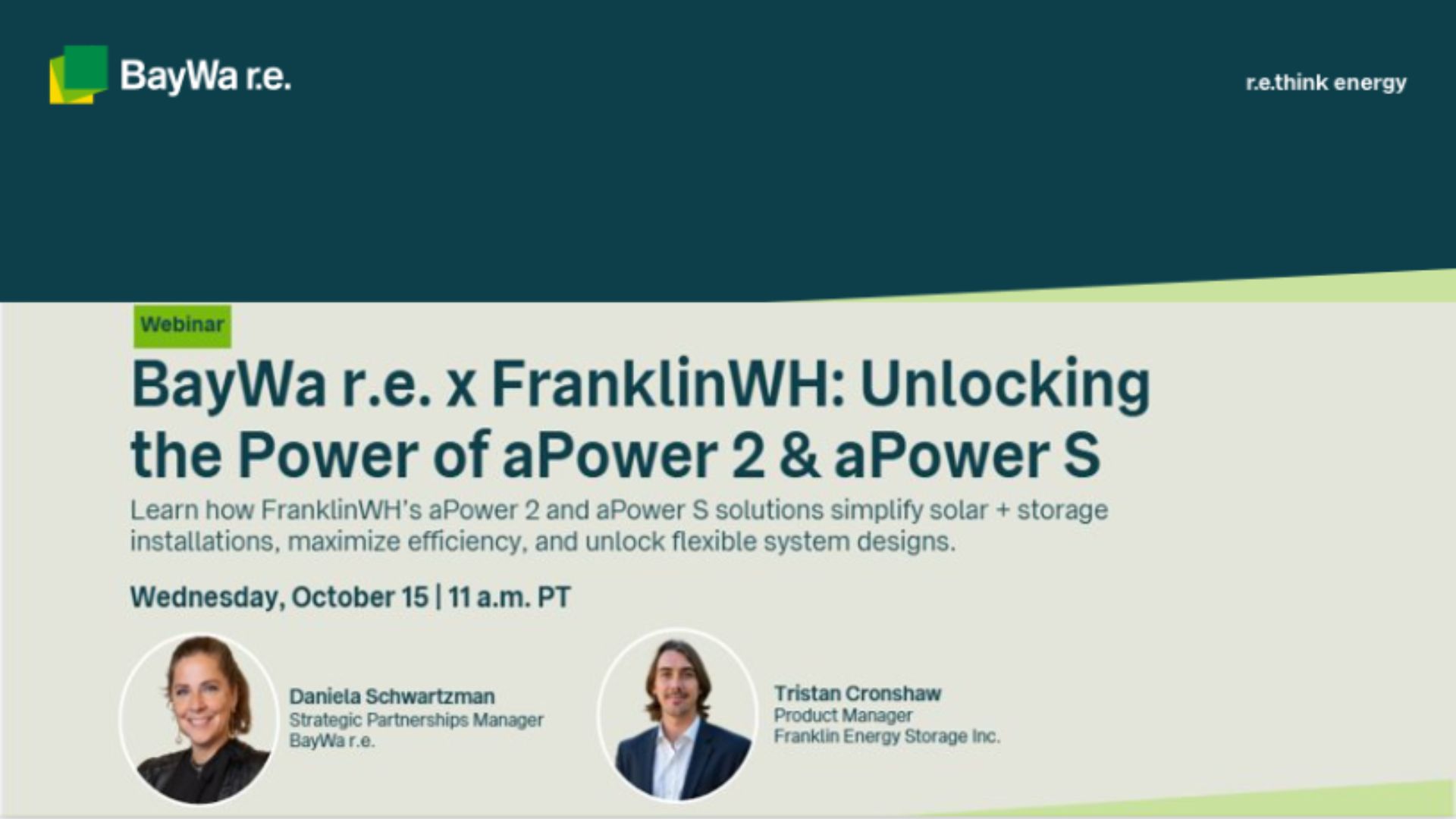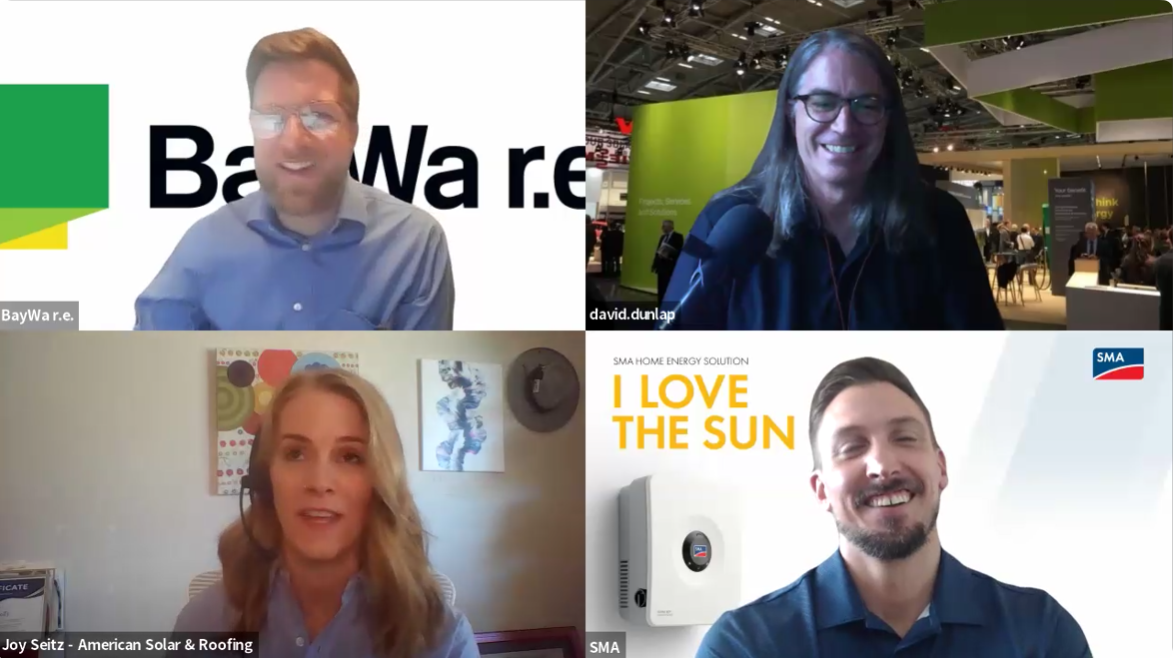 Photo, Net Zero Solar
Photo, Net Zero Solar
Many contractors consider commercial industrial (C&I) as the next big potential growth market. Solar r.e.view sat down with BayWa r.e. Sales Rep, Julian Beard, and Product Manager, Aaron Bingham, to get a better sense of how contractors can move into this market.
1,048 words – 5:15 min read time
Who is best suited for the move into commercial?
According to Julian and Aaron, the contractors best suited to break into the commercial space share some common elements, which include:
- a high level of organization
- financial stability (able to weather ups, downs, and delays)
- an understanding of the financial risks of moving to a lower volume of larger, higher-value projects
They both stressed the last point as key. “I’ve seen companies go out of business over a single commercial project gone wrong,” said Julian.
“I’ve seen projected growth in the C&I space to be over 400% by 2020.”
In terms of operations, companies with teams who understand their residential business inside and out, but who also have the capacity to take on new challenges— like commercial projects—are well-positioned. “Any commercial project will have a lot more moving parts,” said Aaron. “More people involved in the negotiations, contract signing, the sales processes, applications for interconnection or incentives.”
If your team lacks this initial capacity to take on commercial projects, hiring a commercial specialist might be the way to go. “There’s a lot of value in having an experienced person on your team with your first commercial contracts,” Aaron continued. “There are a lot of potential pitfalls—completion dates, deadlines, and consequences for not meeting those deadlines. It’s really important to understand the implications for your business with commercial projects.”
Commercial market segments
 Click to enlarge
Click to enlarge
Segment 1
Our in-house experts find it helpful to separate the commercial solar market into three main segments.
The first segment is “mom-and-pops”, with about five or ten employees (a 20 to 30 kW project). These include local businesses, local banks, local laundromats, and real estate offices.
Quite frequently, these types of local businesses are a good on-ramp for smaller installers who want to get into commercial. “I’ve seen many cases where a company’s first commercial customer is also one of their happy residential customers who also owns a business,” said Julian.
Tip: Look at your list of past customers and see which of those also have a business or commercial site.
Segment 2
The second segment is chain businesses (20 kW up to 100 kW). These are: chain retailers; gas stations; smaller schools or municipal buildings; and farms. In many cases—especially in the Midwest, where Julian is located—farm and agriculture jobs are an established residential installer’s on-ramp to commercial. “I’ve known many residential contractors who have moved straight into building solar on commercial farms, and in many cases now that’s all they do!”
“Municipal projects in this 20-100 kW are also a great way to step up and play a contributing role in your community,” added Aaron. “With these, you’ll get experience doing slightly larger, more commercially-oriented work.”
Municipal projects can be a great initial option because they usually include RFPs, which provide hardware guidelines and exact installation expectations. This can help alleviate some of the initially confusing aspects of moving into the commercial market.
Segment 3
The final segment is midsize-commercial (50 kW to 500 kW). These projects are often on larger buildings, with more complicated roof constraints, complicated service loads, and other obstacles on the roof. Design will be a larger factor in this segment, so make sure to have those resources at the ready.
Putting together a quality quote
- Determine what type of electrical service the system will be tying into. This will have big implications when sourcing hardware.
- What type of facility is it? How will that facility be used? Will the building use change over time? Will the rate of energy use change?
- Get on site. Do all the service checks in person and get a good feeling for the facility. Get up on the roof or into the insulation space. Understand the roof layout and find the service panel associated with it.
- Get “face time” with the facilities manager. Make sure that you understand what the expectations are from their perspective.
Pricing
When first starting out in C&I, pricing can be a mystery. In this case, your distributor can be a valuable resource to help you formulate a competitive bid.
“I have customers doing commercial work in other markets—not competing, but within the same region—so I know what a typical bid price looks like for X, Y, Z, type of job,” said Julian. “I can help with a general reality check on pricing for different types of project scopes.”
Incentives and requirements
Becoming expert on the local (and other) commercial incentives can make or break your deal. “Nothing will kill a quote faster than someone else submitting a quote that includes local incentives that were not included in your quote,” says Aaron.
It’s very important that your team understands the full breadth of requirements that accompany the incentives. You don’t want to promise incentives to the customer, only to lose out on them later because of a poor application or mistake in the installation.
And make sure to note minimum and maximum project size. When it comes to a utility connection, it’s important to understand what the thresholds are in your local utility territory. If they do exist, understand how your quote might be served by accommodating a smaller size or by making sure that you are over a certain threshold.
Cash flow
Financing and cash flow is an essential component to C&I. It’s critical that your business has a plan—and some contingency plans in place as well—in case a project gets delayed. There are many causes of project delays in C&I, including product availability, financing, permitting, and coordination with other subcontractors. These delays can result in postponement of milestone payments or other types of billings, which, if a contractor has incurred project costs, can result in significant financial exposure.
Finally, a good distributor can provide bandwidth-expanding resources and can help plan and forecast inventory or job needs ahead of time. Distributors can also advise a business, to help ensure it isn’t taking on more risk than it can handle.
Final words of wisdom
“Don’t show up to go saltwater fishing with a freshwater pole!” said Aaron. “Let everyone on the team know about your desire to move to commercial work. Start with your team’s current capacity, and engage them throughout the process. Ensure everyone understands how things are going. And do it before you land that first commercial job, instead of after. It’s always more painful to build your team’s capacity after the job has started!”




